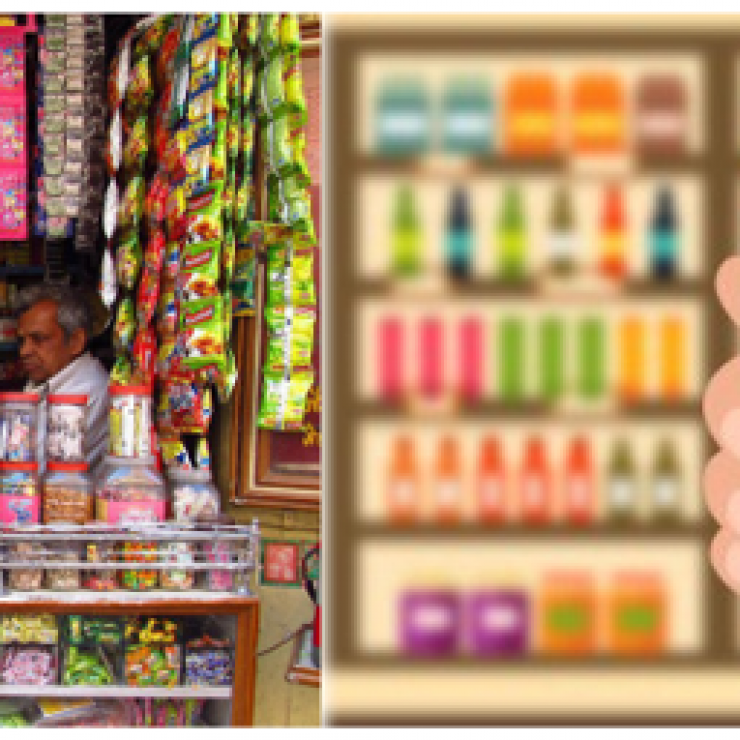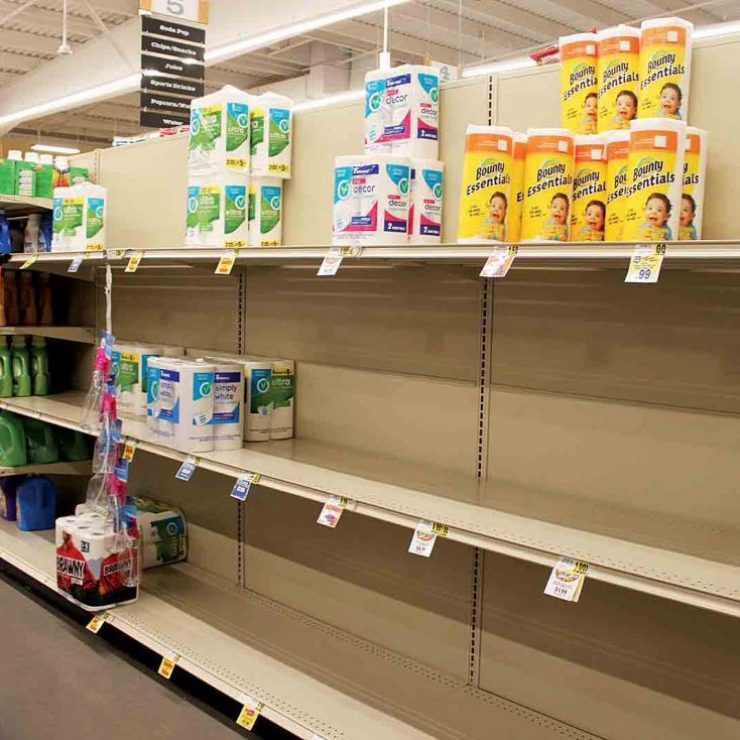Uniformity & Standardization are two attributes that every brand wants to maintain in their products. However, in the mid-20th century, when foreign multinational companies started entering Asia’s newly independent economies, they soon realized that the Western world’s business models wouldn’t work here. Asia was a different animal altogether. The market was huge and is still rapidly growing; it was spread out across varied geographical terrain, there were multiple subdivisions within one nation-state, and the residents’ purchasing power was considerably lower. There was a need for a tailor-made strategy. Going forward, the tech enabled future of these multinationals require solutions that are tailored to Asia’s rough terrain.
Channel and Product Adaptation
Perhaps the most significant differences were in the retail channels. In the western world, supermarkets were the norm; Walmart & Carrefour were dominant in their respective markets. While in Asia, Mom & Pop shops ruled the roost. The purchasing habits were also different; in the West, people visit the supermarket once a week. In Asia, especially South and Southeast Asia, the prevalence of small stores in every nook and corner of a neighborhood makes it very easy to purchase based on individual consumption or how long a single product lasts. Another interesting fact, which is quite logical but often overlooked, is that people in the USA and Europe can buy in bulk as most of the populous own cars. That is not the case in Asia; hence Asians tend to purchase in much smaller quantities for more comfortable transportation.
If Consumer Packaged Goods (CPG) Companies wanted to make inroads into Asia, they would have to alter their global portfolios to match the local consumption patterns better and cater more effectively to the local retail channels. And change they did. One of the most significant alterations that Global CPGs did to their product portfolio was to reduce the pack sizes. The last time you walked into your neighborhood store, did you notice an abundance of shampoo sachets? In a segment such as shampoos, South Asia was one of the first markets to get sachets. It was an Indian, Mr. Chinni Krishnan, who created the sachet as a packaging material for cosmetics and shampoos. The trend started in 1983 when Cavin Kare launched its Chik shampoo in sachets for ₹1. This one step revolutionized not just the shampoo segment but the entire CPG sector in South Asia, and today, sachets make up for more than 75% of the total volume of the shampoo segment in India.


Distribution Adaptation
Distribution is another area where western models wouldn’t work in Asia. In a country like India, CPG distribution has consistently been a dynamic and complex undertaking because of various structure levels with Carrying and Forwarding Agents and Dealer/Distributors. Wholesalers and the end Retailers are spread over the whole nation, with multiple states having novel qualities. Did you know that 90% of the retailing occurs through the Mom and Pop shops in India? They are popularly known as ‘Kirana’ stores.
In such a scenario, it turns into a need for various levels to divide India’s workload; or else, it will be hard for brands to contact a colossal purchaser base. There is Metro, Urban, and Rural topography, which have diverse purchasing powers and brand pull. Having a conventional merchant in rural areas probably won’t be a reasonable choice. In Rural, the vast majority of the organizations have Sub Distributors or Rural Preferred merchants. There is a super stockist who supplies stocks to provincial wholesalers. This is very different from the format existing in the USA and Europe.
Technology Adaptation
“Software is eating the world” — Marc Andreessen
In the 21st century, technology is all set to be the next big thing in every industry, especially retail. While it is expected that the US and Europe will lead the technology adoption and deployment, Asia will not be far behind. Due to the unique retail landscape of Asia, lifting and shifting tech will be sub-optimal. Like in the 20th century, where CPGs had to alter their retail strategies in the Asian markets, in the 21st century, CPGs will have to modify or partner up with technology companies building for Asia, to be successful in these retail markets.
Technology adaptation will also play a critical deciding factor for success in a given market. Companies should avoid having a broad generic goal and spend time understanding their current capabilities and market intricacies and aligning them with their corporate strategy. At the heart of any technology deployment are use cases that define specific business problems to be solved through new ways of working. Companies need to identify the use case where technology deployment will provide the maximum increase in process efficiency. This has to be long term in nature.


CPGs, being multifaceted operations, encounter both an overload of data which needs to be harnessed and also lack certain critical insights in areas that are core to operations. CPGs are deploying tech at multiple avenues, but one of the most promising areas is deploying it at the final place where purchases take place, the stores. Shelves are not standardized, products are placed beyond the field of view, and most importantly, there is no uniformity across stores, even in the same neighborhood. Do you think that in such a scenario, a path-breaking tech that works wonders in the US would work in Asia as well? It won’t.
CPGs have double-downed on understanding the Asian retail market and cracked the code of success. While it is not easy, it is doable with the support of homegrown technology solutions providers. The need for the hour is a home-grown solution made by keeping the local intricacies in mind. Leveraging cutting-edge technology to bring efficiencies across the CPG value chain, will make the difference, if and only if they’re suited to tame the beast that is Asia.
Enter Retail Pulse, built for CPG companies and Retailers in developing markets; Retail Pulse offers an AI-based solution to tap into the immense data in every mom & pop shop and give real-time store analytics and insights based on the data generated via photos taken by the smartphones of CPG company’s sales reps.







